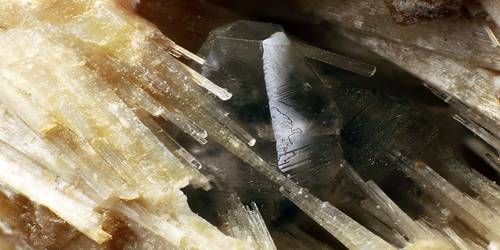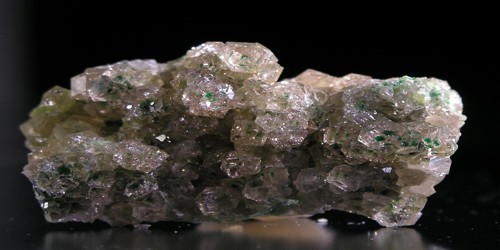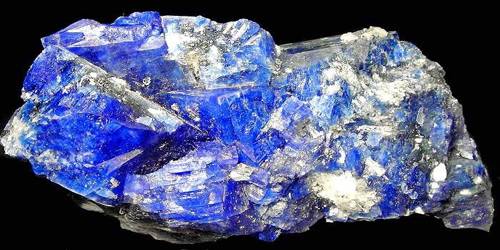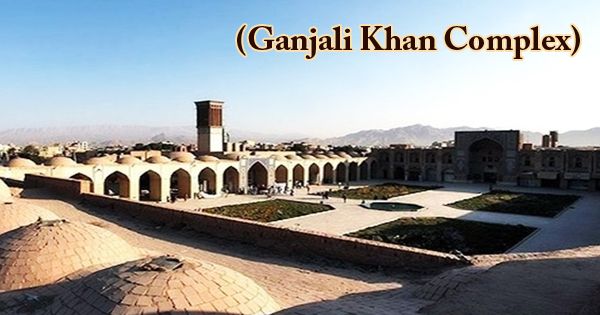Berborite is a beryllium borate mineral with the chemical formula Be2(BO3)(OH, F)·(H2O). It is colorless and leaves a white streak. It is not Radioactive. It was named after the elements in its composition – Beryllium, and Borate. Its crystals are hexagonal to pyramidal. It is transparent and has a vitreous luster. It is not radioactive. Berborite is rated 3 on the Mohs Scale.
It was first described in 1967 as an occurrence in the Lupikko Mine, Ladoga Region Karelia Republic, Russia. It has also been reported from Tvedalen, Larvik, Vestfold, and Siktesøya Island, Langesundsfjord, Porsgrunn, Telemark, Norway.
General Information
- Category: Borate minerals
- Formula: Be2(BO3)(OH, F)•H2O
- Crystal system: 1T polytype: Trigonal; 2H polytype: Hexagonal; 2T polytype: Trigonal
- Crystal class: 1T polytype: Pyramidal (3); 2H polytype: Pyramidal (6); 2T polytype: Ditrigonal pyramidal (3m)
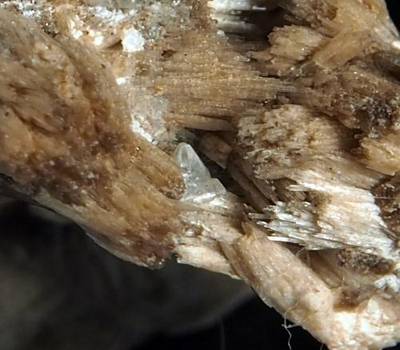
Properties
Berborite can be identified in the field by its colorless form. Berborite’s transparent form has {0001} perfect cleavage. This mineral has a vitreous luster with a white streak. The fracture of this mineral is uneven to flat. The density of berborite is 2.2 g/cm3 with a hardness of 3 – approximate to calcite.
- Color: Colorless
- Twinning: Complex
- Cleavage: {0001} Perfect
- Fracture: Uneven – Flat surfaces (not cleavage) fractured in an uneven pattern.
- Mohs scale hardness: 3
- Luster: Vitreous (Glassy)
- Streak: white
- Diaphaneity: Transparent
- Density: 2.2
Occurrence
Berborite occurs in 1T, 2T, 2H polytypes.
Berborite occurs in serpentinized dolostone associated with W–Sr–B–Be-bearing skarns; and in vugs with natrolite. This mineral is often associated with minerals such hambergite, schoenfliesite, helvite, apatite, cassiterite, fluorite, calcite, dolomite, magnetite, sphalerite, vesuvianite, chondrodite, goethite, diopside, smithsonite, natrolite, and thomsonite.
It occurs in serpentine altered dolostone in association with skarn enriched in tungsten, strontium, beryllium, and boron in the Keralia occurrence and in vugs with natrolite and thomsonite in Norway.
Infoormation Source:
